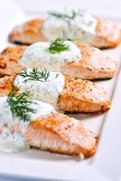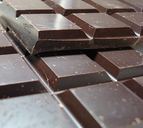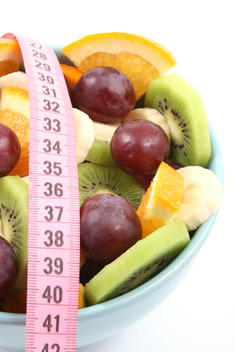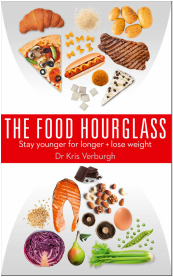|
* Regarding fruit juice, The food hourglass dissuades most commercial (store-bought) fruit juices, because they contain a lot of added sugars and no fiber. Fresh home-made smoothies (made with a blender), on the other hand, still contain all the fiber, more healthy substances like flavonoids and less sugar, especially if the smoothies also include vegetables (which contain less sugar than fruit). The flavonoids in fruit and vegetable juices can substantially decrease the risk of Alzheimer's or heart disease. A few references:
|
Disclaimer - Foto's © Pixmac






